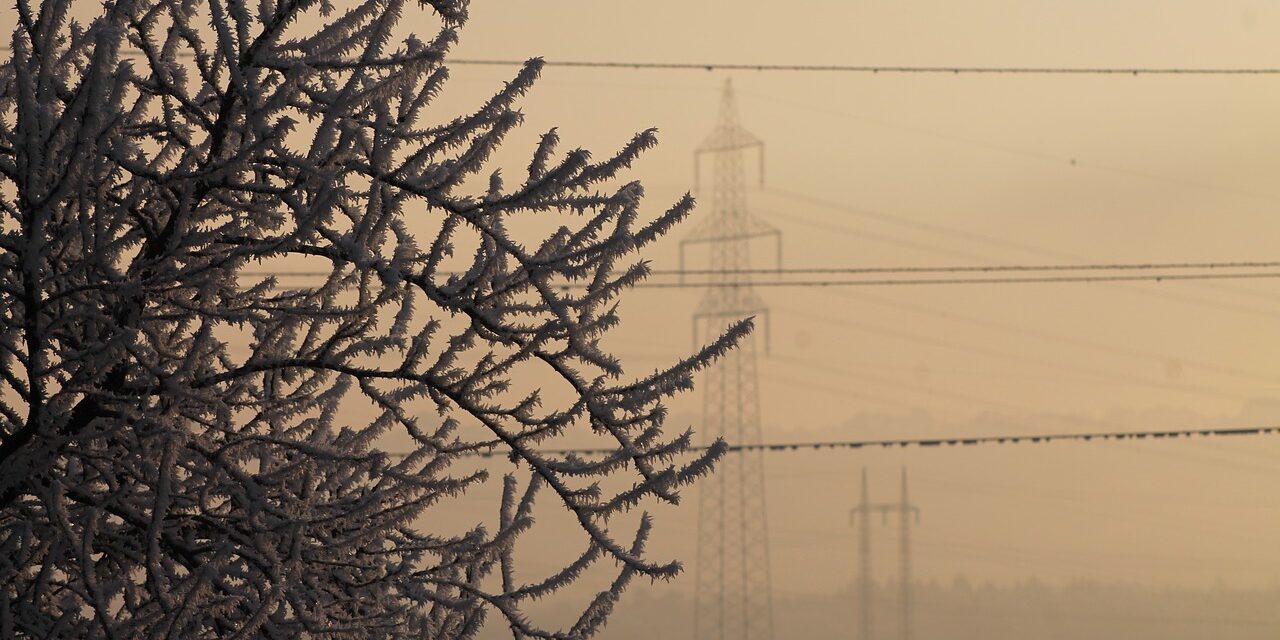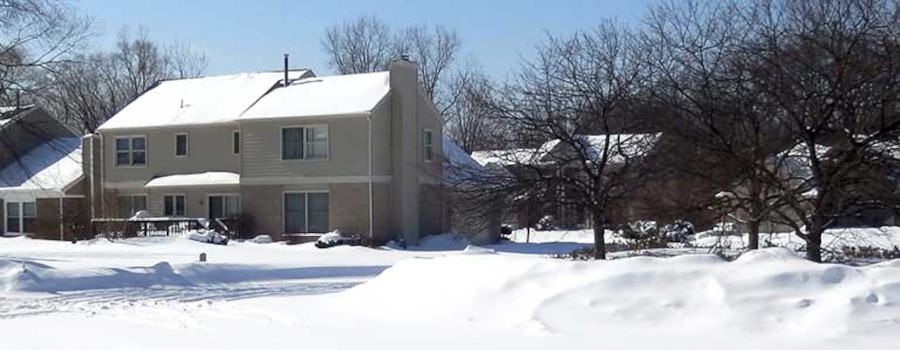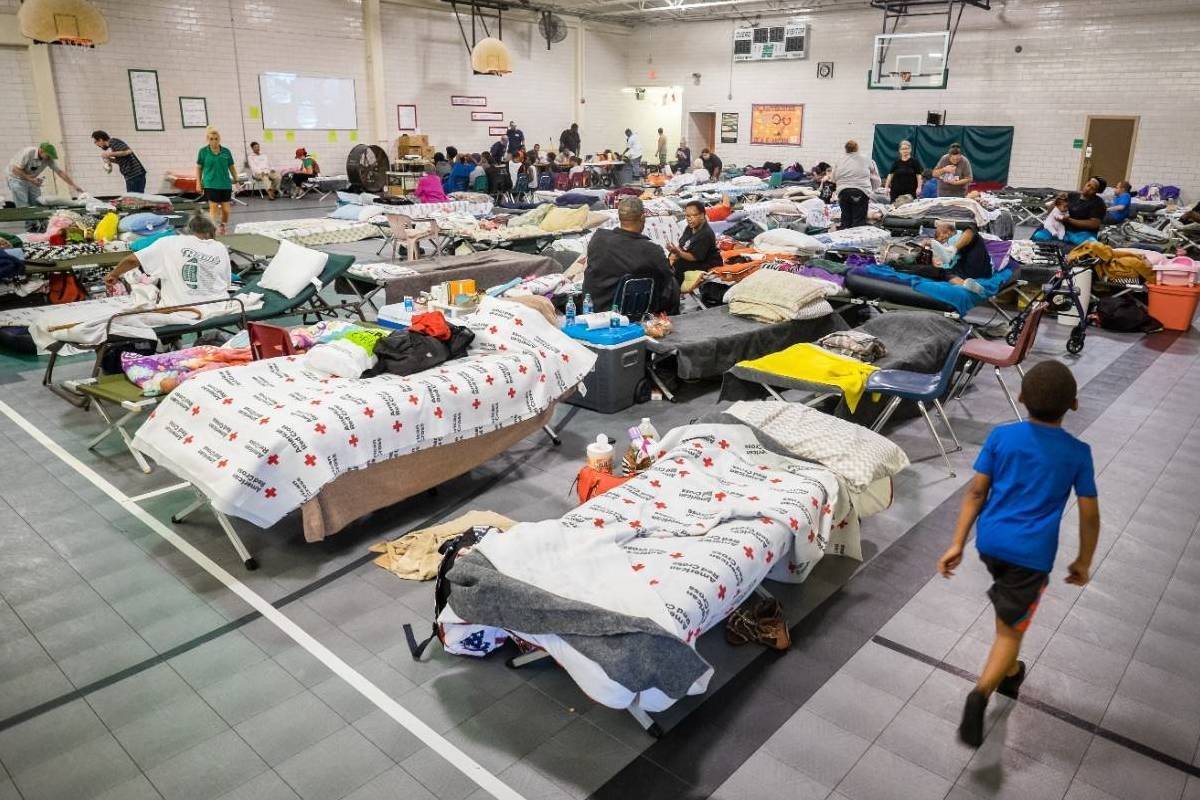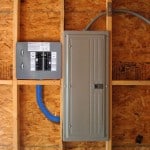Ice builds on power lines and trees during an ice storm followed by below freezing temperatures. The Texas blackouts occured when generating facilities began to freeze and shut down a period of peak demand driven by frigid temperatures.
5 Million Utility Customers Without Power Across 6 States
Frigid temperatures pushed electric demand in areas not known for severe cold. Sunday night about 11:00, temperatures in the single digits caused multiple generating stations unequipped for cold temperatures to go offline, including wind, natural gas, and coal. Utilities shut off large industrial users to compensate but couldn’t shift enough power to homes and businesses. On Monday afternoon, Texas Governor Greg Abbott tweeted that frozen generating stations shut down the ability to generate power and referenced ERCOT, the Energy Reliability Council of Texas.
According to Dr. David Tuttle, research associate with the Energy Institute at the University of Texas as Austin, electric generating plants did not properly winterize their equipment.
Standby Generators Operate Automatically in Any Weather
The dangerous cold in regions unaccustomed to frigid temperatures took at least 12 lives and endangered many others. A mother and daughter died of Carbon Monoxide poisoning while trying to keep warm inside their car running in the garage. The fire marshal’s office reported 50 more cases of carbon monoxide poisoning on Monday night. Others died of exposure and car accidents.
As the winter storm moved northeast, Louisiana, Oklahoma, Kentucky, and West Virginia have also experienced outages. Kansas was the latest state to implement rolling blackouts.
Some communities without power had to shut down their water supply and are now warning residents to boil water before drinking.
The rolling blackouts in Texas resulted from power generating facilities unequipped for extended periods of single digit temperatures. As electricity demand increased, unprepared generating plants began to shut down. ERCOT instituted rolling blackouts lasting hours.
I have gathered information all day from ERCOT & the Public Utilities Comm. & will provide a detailed update shortly.
— Greg Abbott (@GregAbbott_TX) February 15, 2021
Many power generation companies facilities froze overnight and shut down their ability to generate power.
They are working to get power back on line.
More soon
Winter storm Uri freezes natural gas pipelines and wind turbines, 5 MILLION are left without power https://t.co/pXl6lwV8yz
— Jack Posobiec ???????? (@JackPosobiec) February 16, 2021
Wind–Gas–Coal Plants Rendered Inoperable by Ice and Cold
Texas has made large investments in Wind Power. Over the last ten years, the Texas grid has increased energy production by wind turbines to 25 percent from less than 10 percent a decade earlier. Freezing rain ahead of the single digit temperatures froze many turbines and took their generating capacity offline. That’s a reduction of up to 25 percent of the Texas generating capacity.
The change from supplying the electric grid from coal and natural gas to renewable energy sources like wind reduces reliability and increases vulnerability to severe weather. Without the renewables, Texas lacks the capacity to supply power during severe weather like an ice storm followed by single digit temperatures.
It’s an unfortunate reality in a world faced with climate change. Environmentally and politically correct sources of energy can’t supply enough power, which puts lives at risk. Wind turbines don’t turn when the wind doesn’t blow, or the turbines freeze in an ice storm. Solar power doesn’t generate electricity when the sun doesn’t shine. It’s not just renewables that have problems. Oil, gas, and coal face production issues in severe weather. Nuclear power plants require periodic shutdowns for maintenance and can’t restart during an emergency.
There are no fail-safe solutions, but in general the utilities have made the older methods of generation more reliable than renewables by using experience and the failures from the past.
Winter Storm and Emergency Preparedness
Texas’ problem isn’t just wind turbines. Ten years ago, a similar situation forced rolling backouts in 2011. 1989 was another year when severe winter weather caused outages across Texas.
As it did 32 years ago, the rolling blackouts will probably result in another investigation and another report that the infrastructure needs upgrades that cost millions of dollars. Texans must force the upgrades required to harden the grid and generating capacity or face another catastrophe in the future.
In the meantime, a backup energy storage system or backup generator can keep your power on and your home and family safe.
Winter storm #Uri has brought record lows and piles of ice and snow, tornadoes and heavy rains to more than 25 states, from south Texas to northern Maine. We are currently monitoring the storm and have adjusters on standby ready to respond. #CrawfordRestores pic.twitter.com/6McwZnTBPM
— Crawford CAT Team (@CrawfordCAT) February 16, 2021
HEAVY SNOW now falling in downtown Memphis! #WINTER #WinterStorm #Uri #tennessee pic.twitter.com/Irl8VkWXaW
— Chris Bruin (@TWCChrisBruin) February 15, 2021















